Blind tasting bourbons is always fun. It’s a chance to throw off the yoke of a label, branding, and PR to get down to the nitty-gritty of what’s in the bottle. Using this approach, we’ve been diving into barrel-proof, single barrels, ten-year-olds, and more to find the bourbon whiskeys that really shine. Well, the ones that shine according to our palates anyway.
Now, we’re going even deeper by pitting Kentucky bourbon against non-Kentucky bourbon. It’s a bourbon face-off!
For the uninitiated, straight bourbon whiskey must be made with a mash bill (recipe) of at least 51 percent corn and distilled no higher than 160 proof (80 percent ABV). That hot juice must go into a new, charred oak barrel at no higher than 125 proof (62.5 percent ABV) for at least two years. It does not, however, need to be made in Kentucky.
That last rule (or lack thereof, depending on who you’re talking to) really pisses off a lot of bourbon fiends. Some so-called purists stick to only sipping whiskeys made in the Bluegrass State and can be downright unwilling to try the complex, nuanced, bangers coming out of Texas, New York, Wyoming, Washington, and all over the United States. It’s too bad, too — they’re definitely missing out.
In an effort to prove that point — or prove them right… depending on the results — I decided to use four well-known Kentucky bourbons and four non-Kentucky bourbons in a blind taste test.
Our lineup:
- Elijah Craig Small Batch Bourbon
- Four Roses Small Batch Bourbon
- Evan Williams 1783 Small Batch Bourbon
- 1792 Small Batch Bourbon
- Woodinville Straight Bourbon (WA)
- Wyoming Whiskey Small Batch Bourbon (WY)
- Hudson Bright Lights Big Bourbon (NY)
- FEW Bourbon (IL)
If any of these bourbons pique your interest, make sure to click on the prices to try them yourself. Okay, let’s get tasting!
Part 1: The Taste
Taste 1:
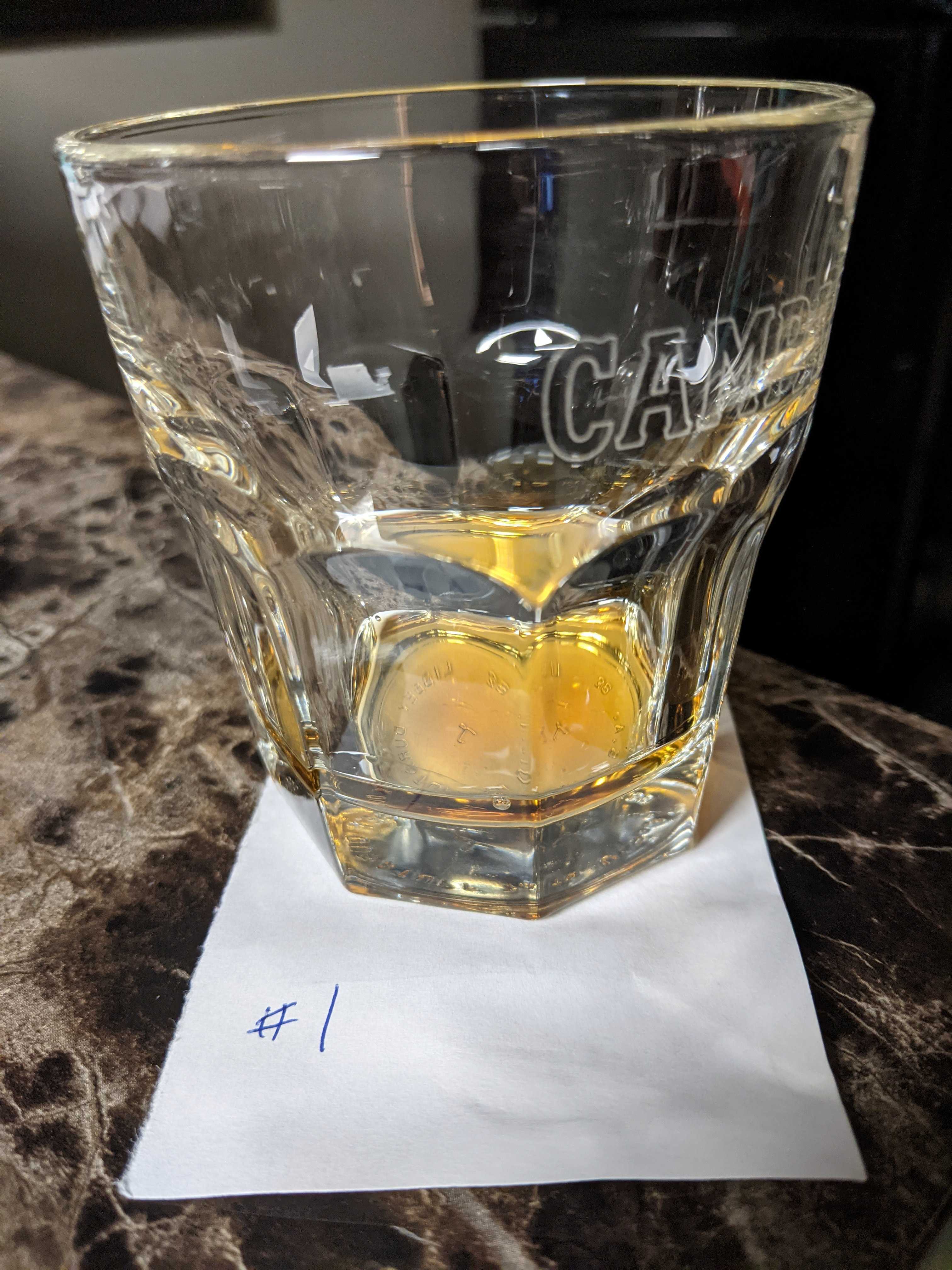
Tasting Notes:
The nose was surprisingly spicy on this one. That was tempered by dried cherries, wood char, and a great deal of butterscotch. The palate continues with a combination of sweet and spicy notes of dried fruits, buttery vanilla, creamy caramel, subtle cinnamon, and oaky wood. The ending is slightly warming, long, and filled with caramel sweetness.
Taste 2:
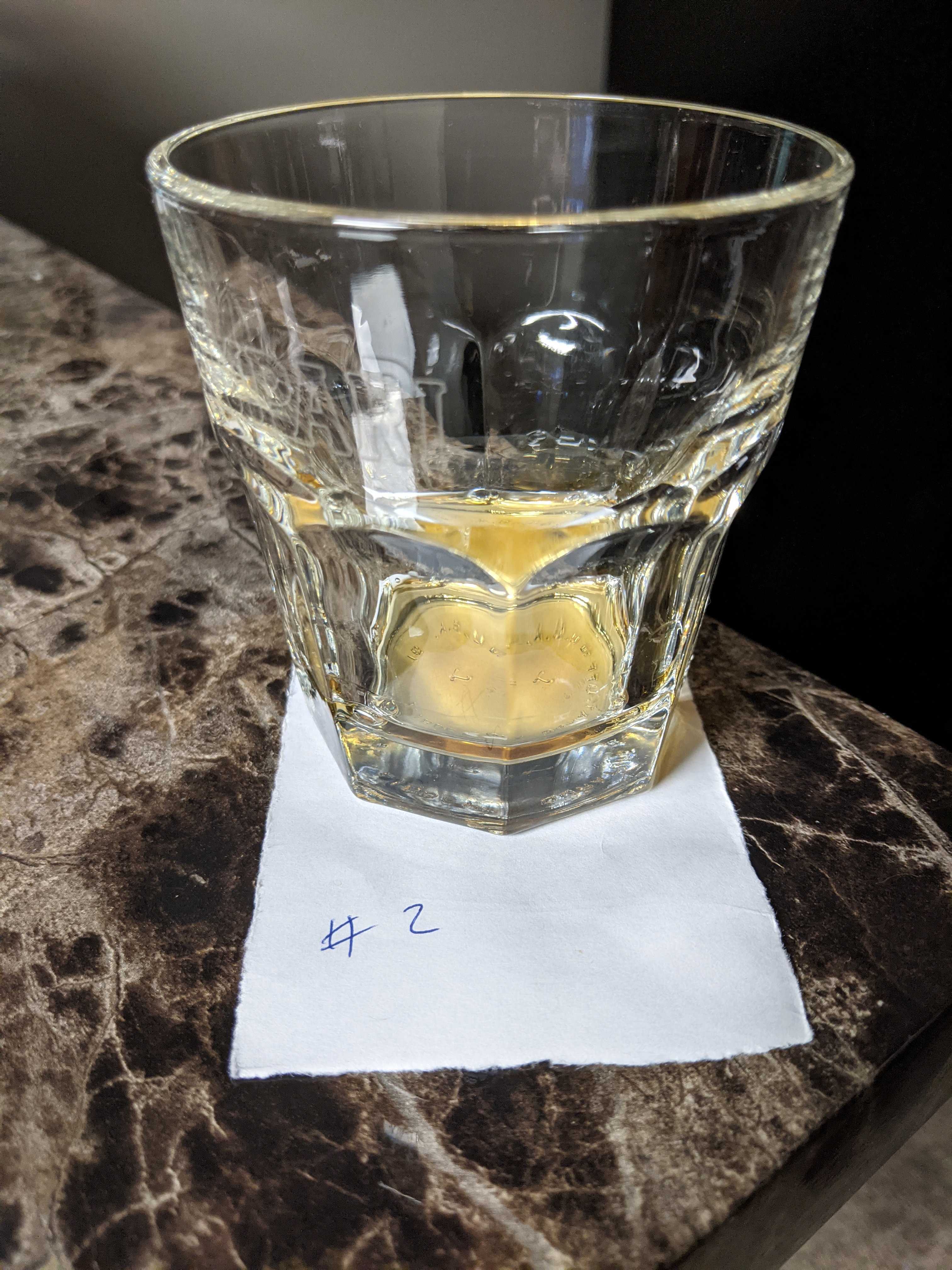
Tasting Notes:
This is a very bold whiskey from the first sniff. There are heavy aromas of wood char, toasted vanilla beans, and a gentle, nutty sweetness that made me want to take a sip. When I did, I found a ton of oak-inflected sweetness, brown sugar, fresh leather, and subtle cinnamon. The finish was warming and filled with subtly smoky wood char.
This was definitely a memorable sip and one that I’m excited to try again.
Taste 3:
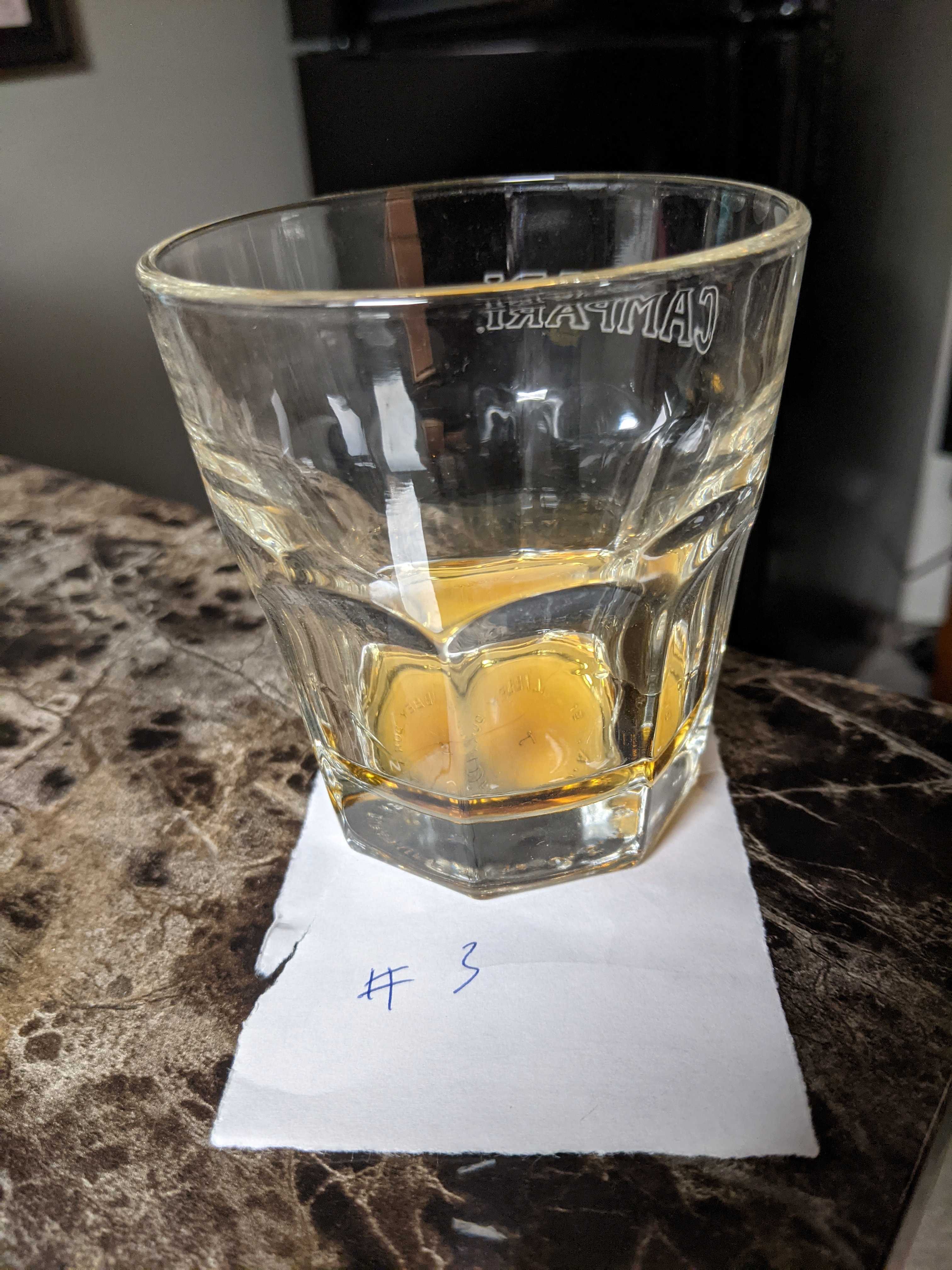
Tasting Notes:
Right away, you can tell that not only is this a young whiskey but it’s loaded with corn. The first aromas I noticed were caramel corn, sweet grainy scents, and a very low level of vanilla essence. Taking a sip added to the feeling that this is a young bourbon. There were notes of wood char, more vanilla, and more corn.
All in all, it felt like it should have been left in the barrel a little longer.
Taste 4:
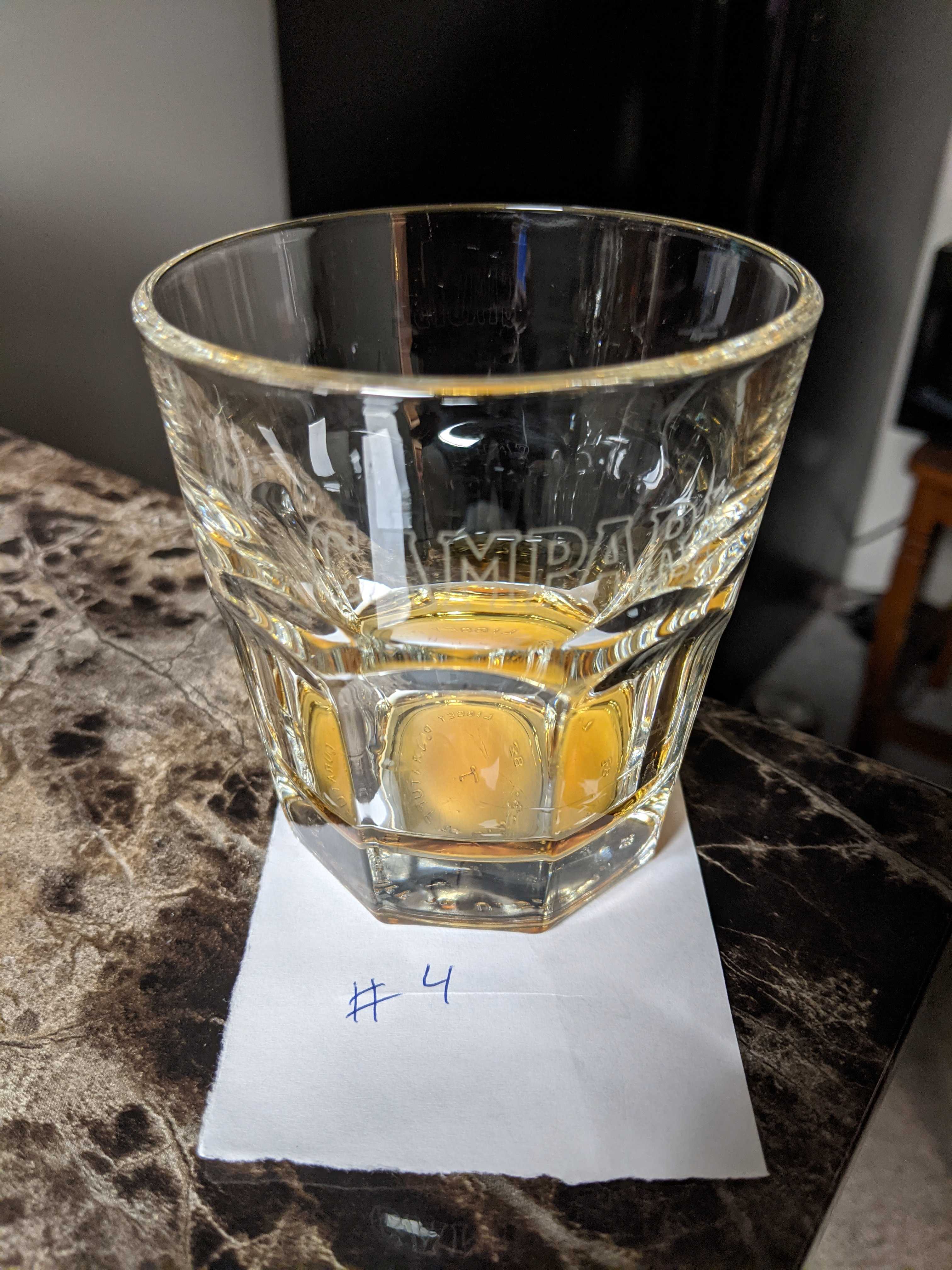
Tasting Notes:
The nose was so complex, it required multiple nosings to find all the flavors. First, I noticed dried fruits and caramelized sugar. This was followed by caramel corn, wood char, and sticky toffee. The palate is just as bold as its nose. There are nuanced notes of butterscotch, sweet cinnamon, charred oak, toasted vanilla beans, and a subtle spicy sweetness on the finish.
Overall, this is the best sip so far.
Taste 5:
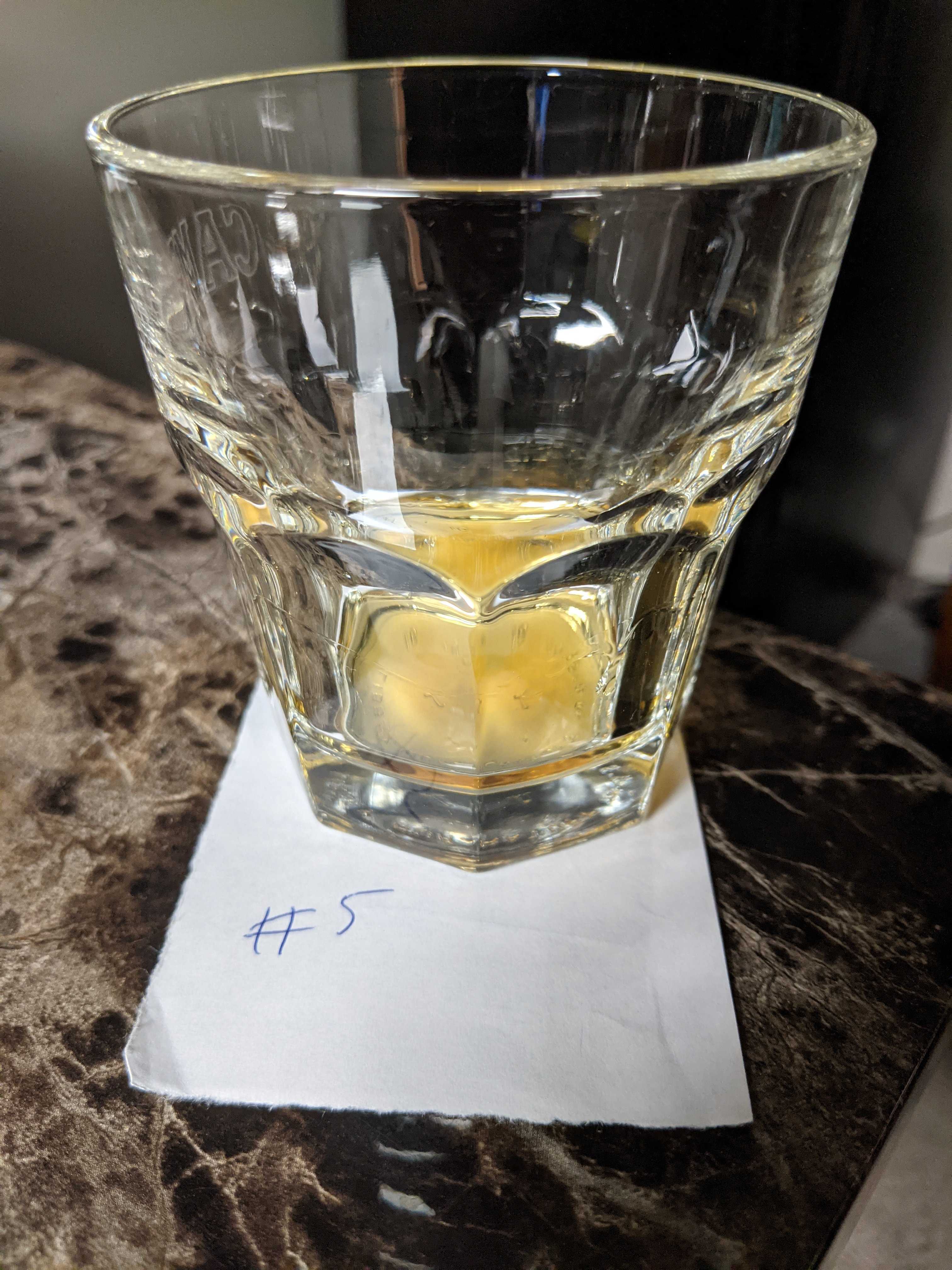
Tasting Notes:
This whiskey didn’t have a lot going on in the nose. There was caramel corn-like sweetness, a bit of woody oak, and some cinnamon but not much else. The flavor was similar to the aroma with more charred wood, subtle vanilla, butterscotch, and a hint of honey that played well with a kick of cinnamon at the end.
It’s definitely not the worst sip of the day but fairly muted in the flavor department.
Taste 6:
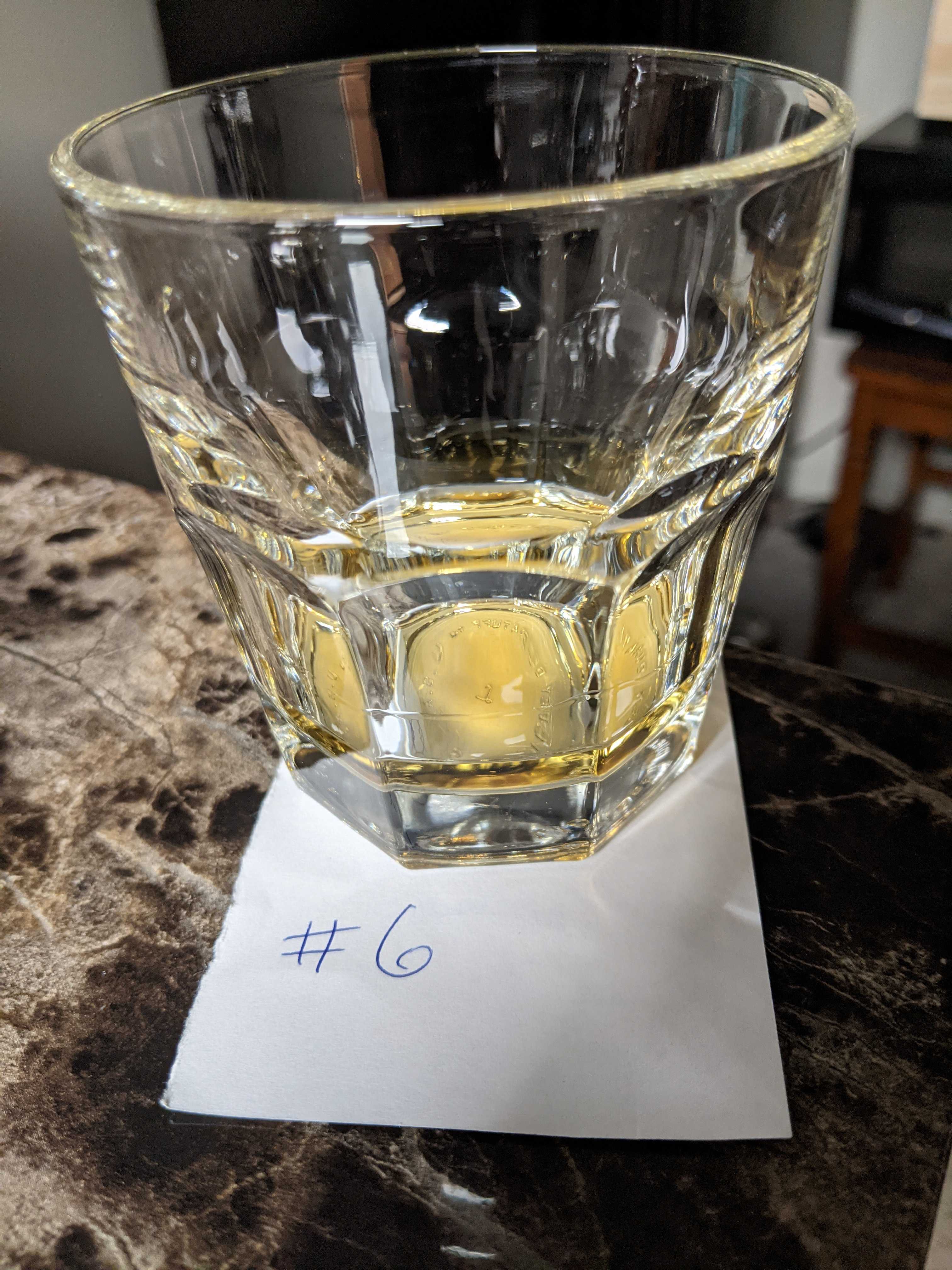
Tasting Notes:
The nose was filled with a wallop of spicy cracked black pepper, hints of vanilla beans, and toffee. Underneath that, there was a pretty heavy aroma of pure alcohol. On the palate, this whiskey seemed rather one-dimensional with peppery rye taking center stage and vanilla and caramel sitting on the edges.
By the end, there was too much pepper, a lot of alcohol burn, and not enough buttery vanilla notes.
Taste 7:
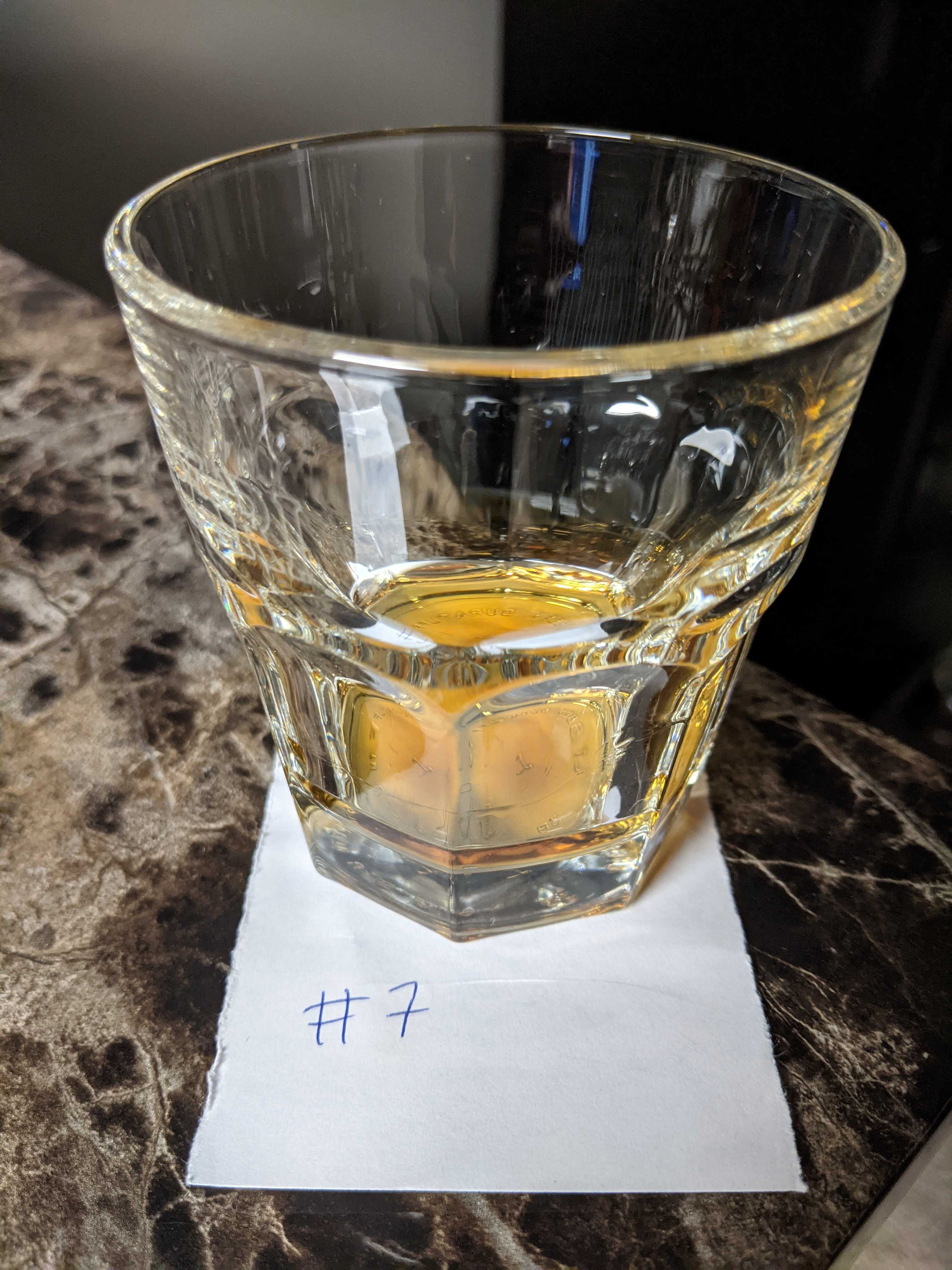
Tasting Notes:
I smelled fresh, sweet corn, dried stone fruits, vanilla beans, and charred oak. Taking a sip zeroed in on dried cherries, creamy butterscotch, toffee, and just a hint of pipe tobacco.
This was a very pleasurable sip of whiskey. I will definitely come back for another pour soon.
Taste 8:
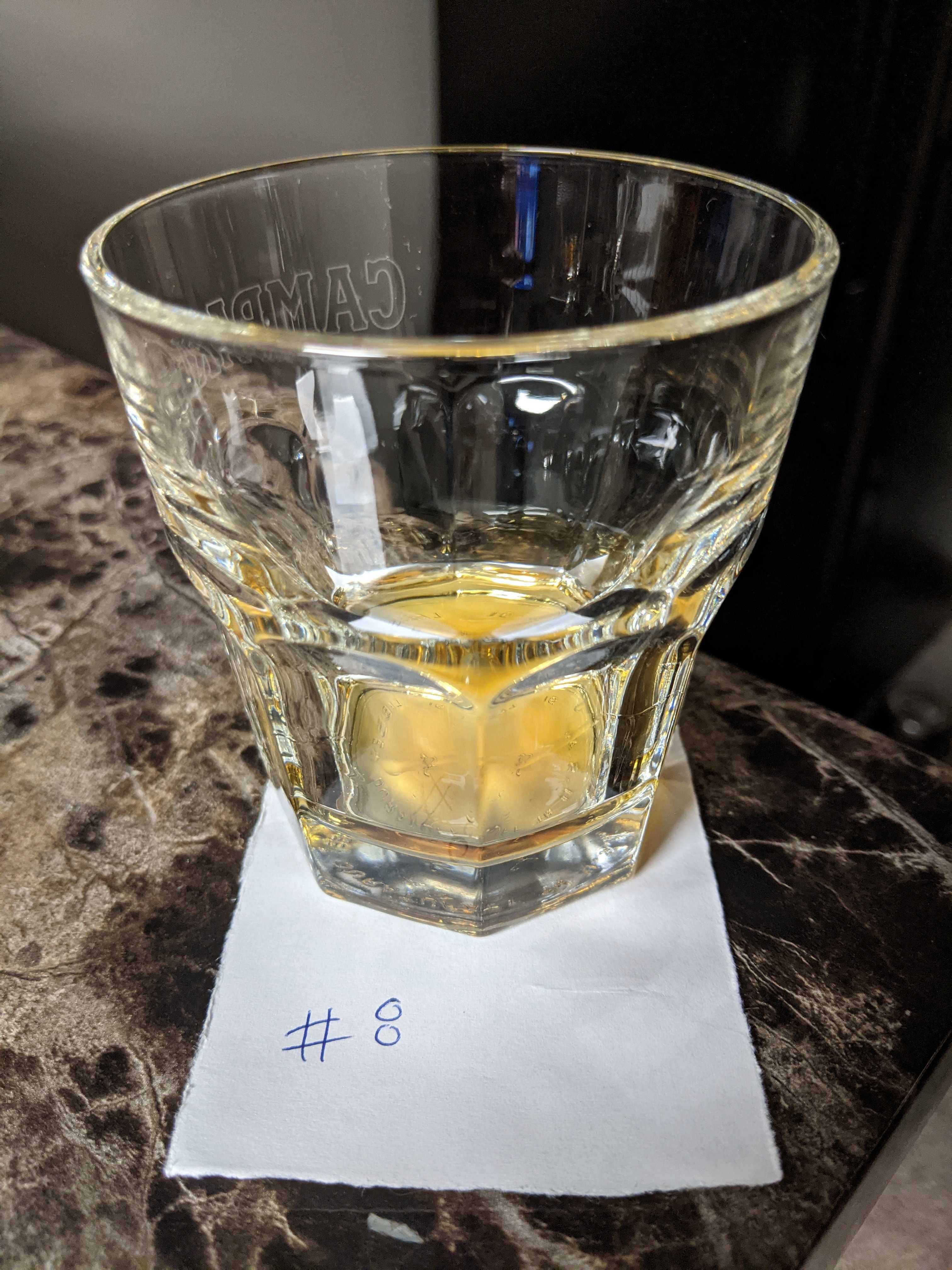
Tasting Notes:
Instead of the usual corn and caramel-centric notes, this whiskey has more peppery rye and sweet cereal aromas. There’s also a good deal of dried fruits and a hint of toasted oak. The flavor is fairly light but pleasing with hints of raisins, buttery vanilla, more subtle rye, and just a hint of clover honey.
This is definitely not an old whiskey, but it’s still flavorful enough to be a nice sipper.
Part 2: The Ranking
8. Hudson Bright Lights Big Bourbon — Taste 3 (New York)
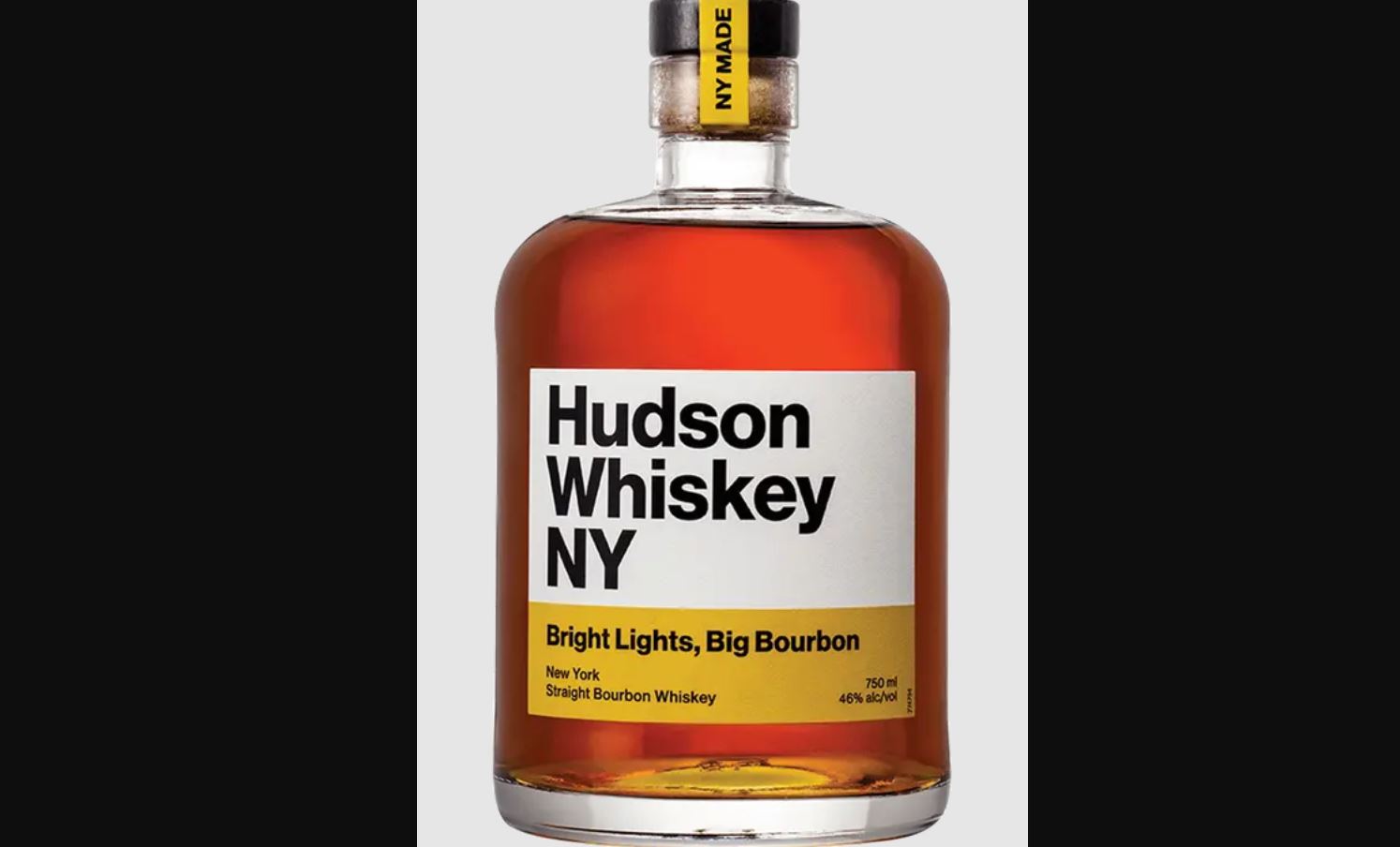
ABV: 46%
Average Price: $40
The Story:
Hudson Bright Lights Big Bourbon’s new recipe is made with a super corny mash bill of 95 percent corn and five percent malted barley. It’s 92 proof and aged for three years in new, charred American oak barrels. The result is a sweet, mellow, easy-to-drink whiskey.
Bottom Line:
Unlike many people, I wasn’t a huge fan of the original Hudson Baby Bourbon. I always found it to be a little light on the palate. So … I’m not surprised I have similar feelings about its replacement.
7. 1792 Small Batch — Taste 6 (Kentucky)
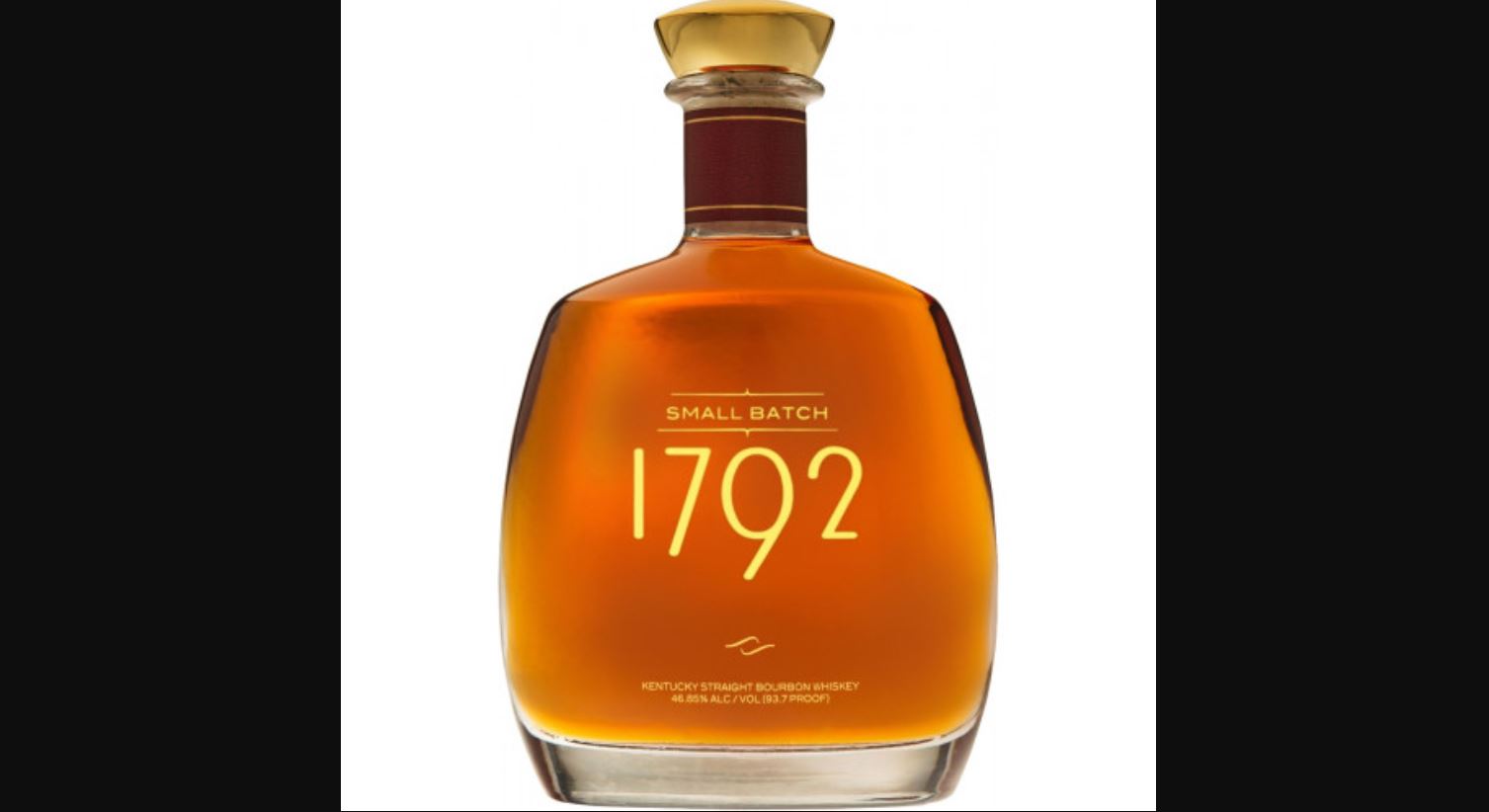
ABV: 46.85%
Average Price: $30
The Story:
This renowned small batch bourbon is well known for its high rye mash bill. While the actual mash bill isn’t listed, it’s assumed by many that the rye content is between around 20 percent. This whiskey is a blend of hand-picked barrels from Barton 1792’s master distiller.
Bottom Line:
If you’re a fan of rye whiskey and aren’t afraid of a little extra alcohol burn, you’ll enjoy this whiskey. While definitely not a bad tipple, it’s not one that I’ll be racing back to any time soon.
6. Evan Williams 1783 Small Batch — Taste 5 (Kentucky)
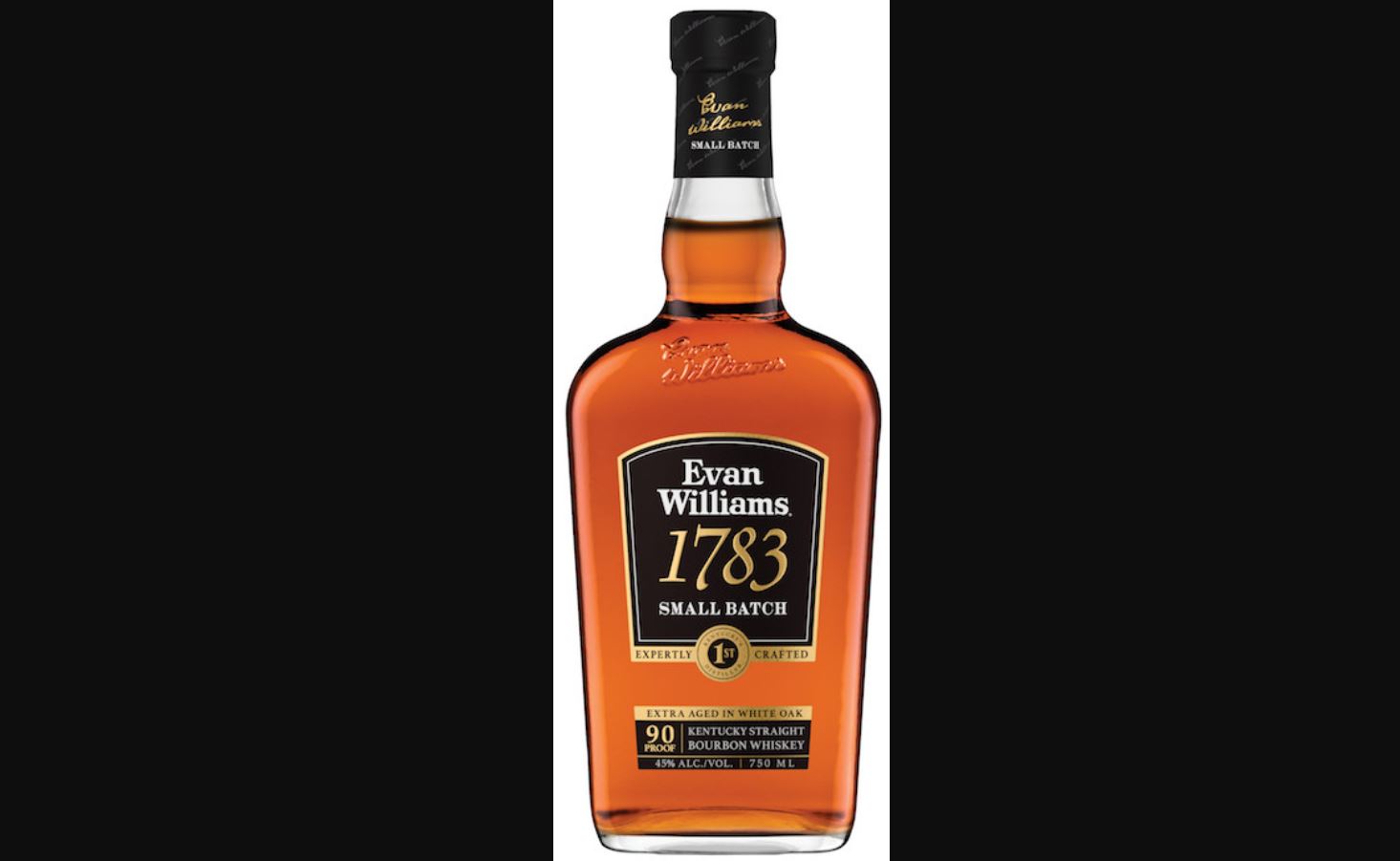
ABV: 45%
Average Price: $20
The Story:
Evan Williams is the second best-selling bourbon in the world. Their Small Batch expression might be the best value bottle on the market at around $20. Recently rebranded, Evan Williams 1783 Small Batch is 90 proof, selected from less than 300 barrels and aged for six to eight years in charred, American oak casks.
Bottom Line:
The overall flavor and quality are actually right on par with its price. It’s a great whiskey to have on hand as a mixer, but that’s about it.
5. Wyoming Whiskey Small Batch Bourbon — Taste 7 (Wyoming)
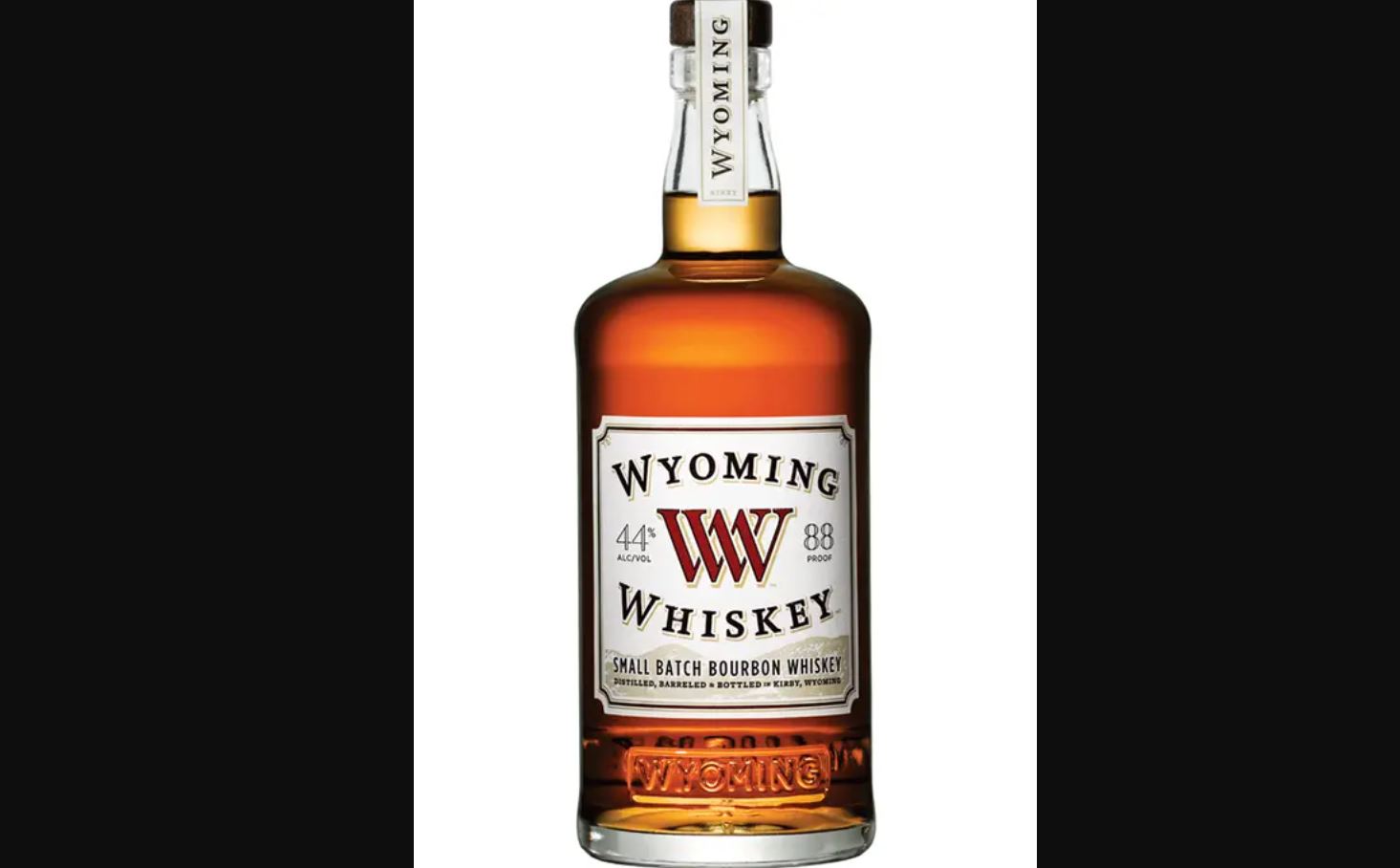
ABV: 44%
Average Price: $40
The Story:
In recent years, Wyoming Whiskey has made a name for itself in the bourbon world mostly because of this flagship expression. The juice is made with a mash bill of 68 percent corn, 20 percent wheat, and 12 percent malted barley. It’s then aged for a minimum of five years in new, charred American oak barrels.
Bottom Line:
I’ve had Wyoming Whiskey before, so I’m not surprised that it fared well in this blind taste test. You might not think landing in spot #5 is a good thing, but you need to remember that it’s pitted against four well-known Kentucky brands and three other great sippers.
4. FEW Bourbon — Taste 8 (Illinois)
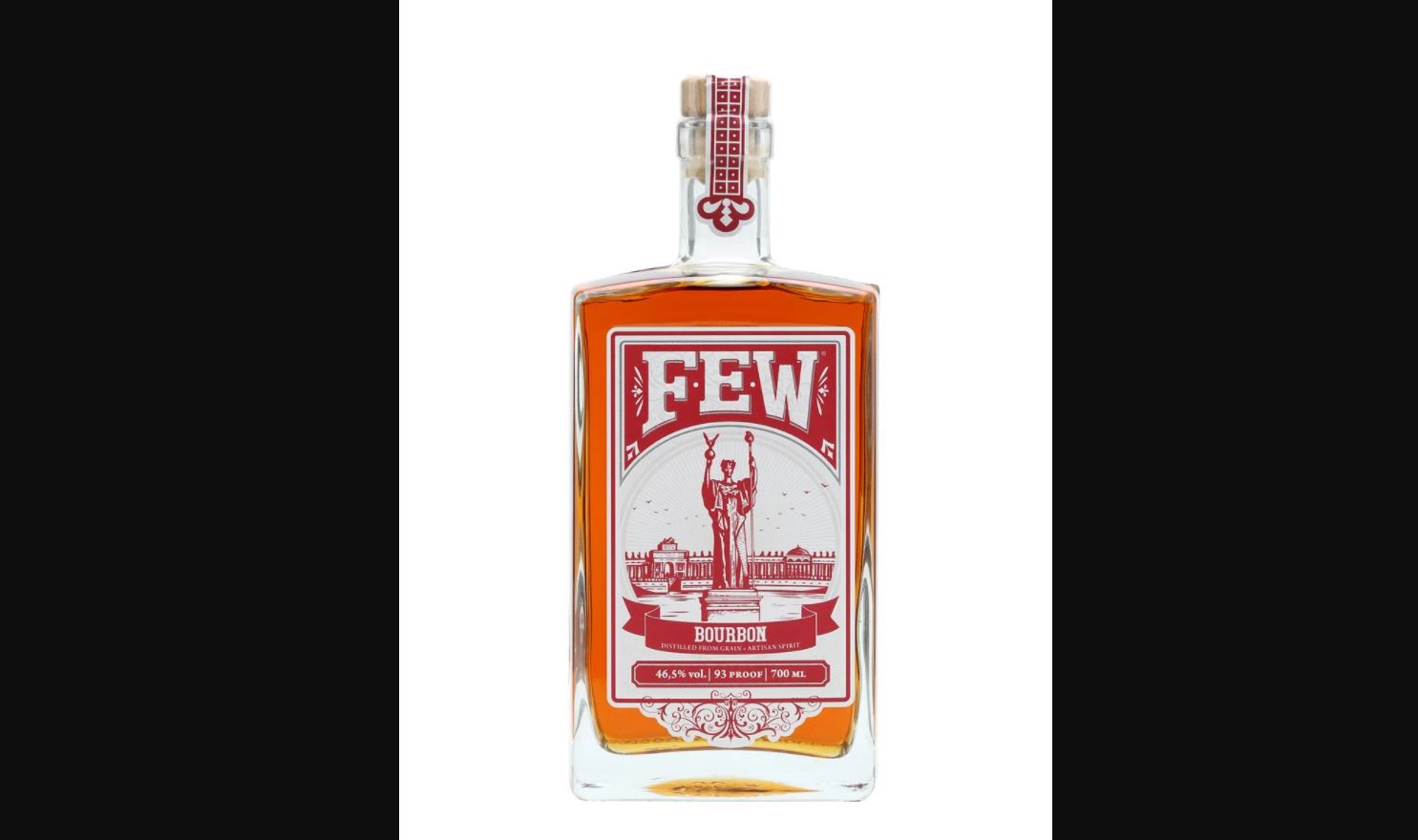
ABV: 46.5%
Average Price: $40
The Story:
Evanston, Illinois, just outside of Chicago, is the home of FEW Spirits. This distillery has racked up consistent awards since it opened in 2011. Its flagship expression is its FEW Bourbon. Made with a mash bill of 70 percent corn, 20 percent rye, and ten percent malted barley, it’s distilled on-site and matured in charred, new American oak casks for at least three years.
Bottom Line:
There’s a reason FEW Bourbon has racked up awards. Its high rye (northern rye) mash bill means it’s a great mix of sweetness and spice.
3. Elijah Craig Small Batch — Taste 2 (Kentucky)

ABV: 47%
Average Price: $30
The Story:
This small-batch expression has won countless awards. It carries no age statement but has a mash bill of 78 percent corn, 12 percent malted barley, and ten percent rye. It gets its notable flavor from the ingredients listed, but more from the extra char on the American oak barrels it’s aged in.
Bottom Line:
When it comes to bourbon, there’s probably no brand that I drink more than Elijah Craig. In fact, I’m such a fan, I’m surprised it didn’t fall higher on the list. It just shows the amount of quality in this tasting.
2. Four Roses Small Batch — Taste 1 (Kentucky)
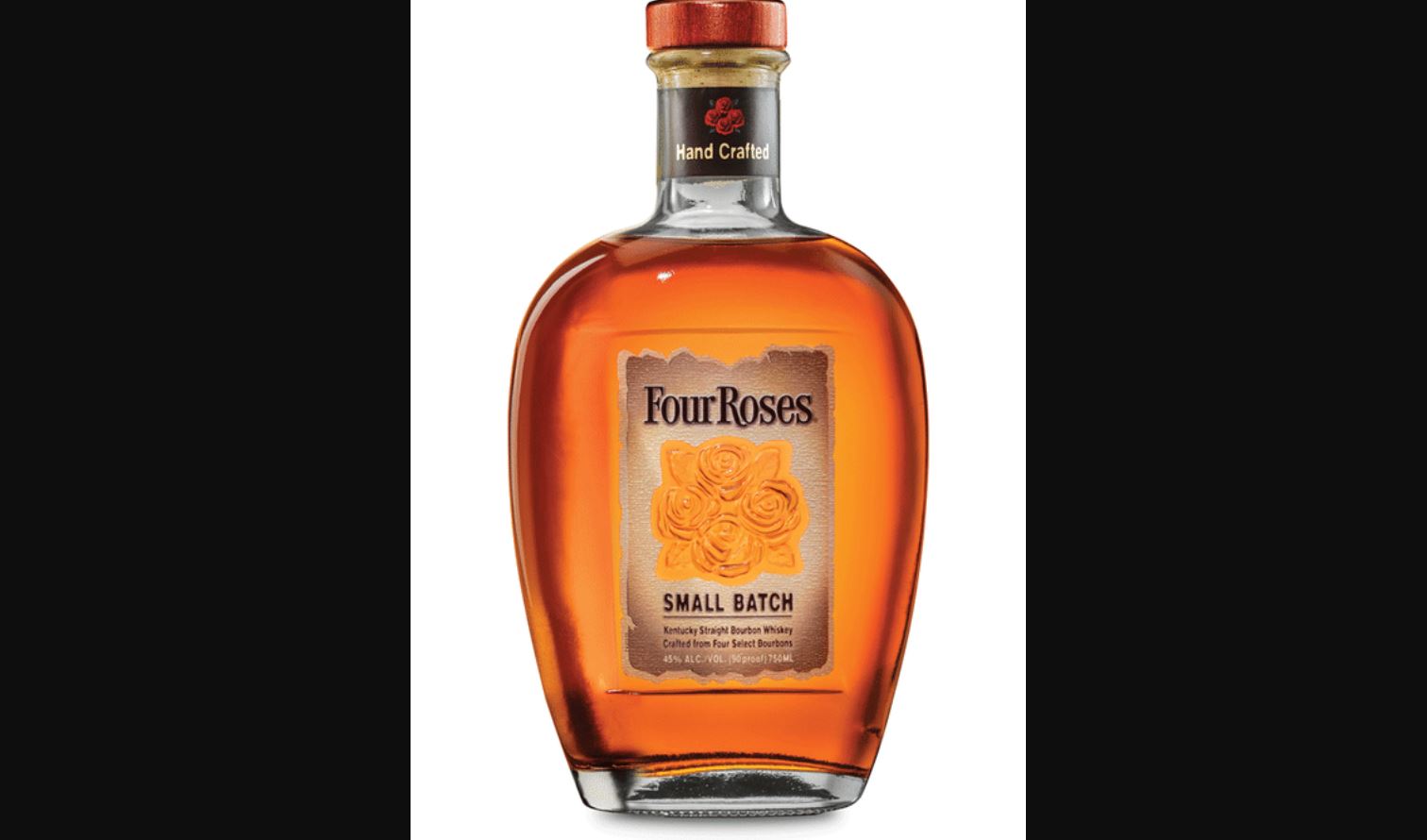
ABV: 45%
Average Price: $40
The Story:
One of the best value small-batch whiskeys on the market, Four Roses Small Batch Bourbon is well-known for its balance and flavor. It begins with four different bourbon recipes. Each barrel is plucked from the rickhouse by the master distiller when they are between six and seven years old. Those are then married together to create this 90 proof, mellow, easy-to-drink bourbon.
Bottom Line:
There’s a reason Four Roses is such a big name in the bourbon world. The distillery is consistently cranking out reasonably priced high-quality whiskeys. Its small-batch expression might be its best value to quality ratio.
1. Woodinville Straight Bourbon — Taste 4 (Washington)
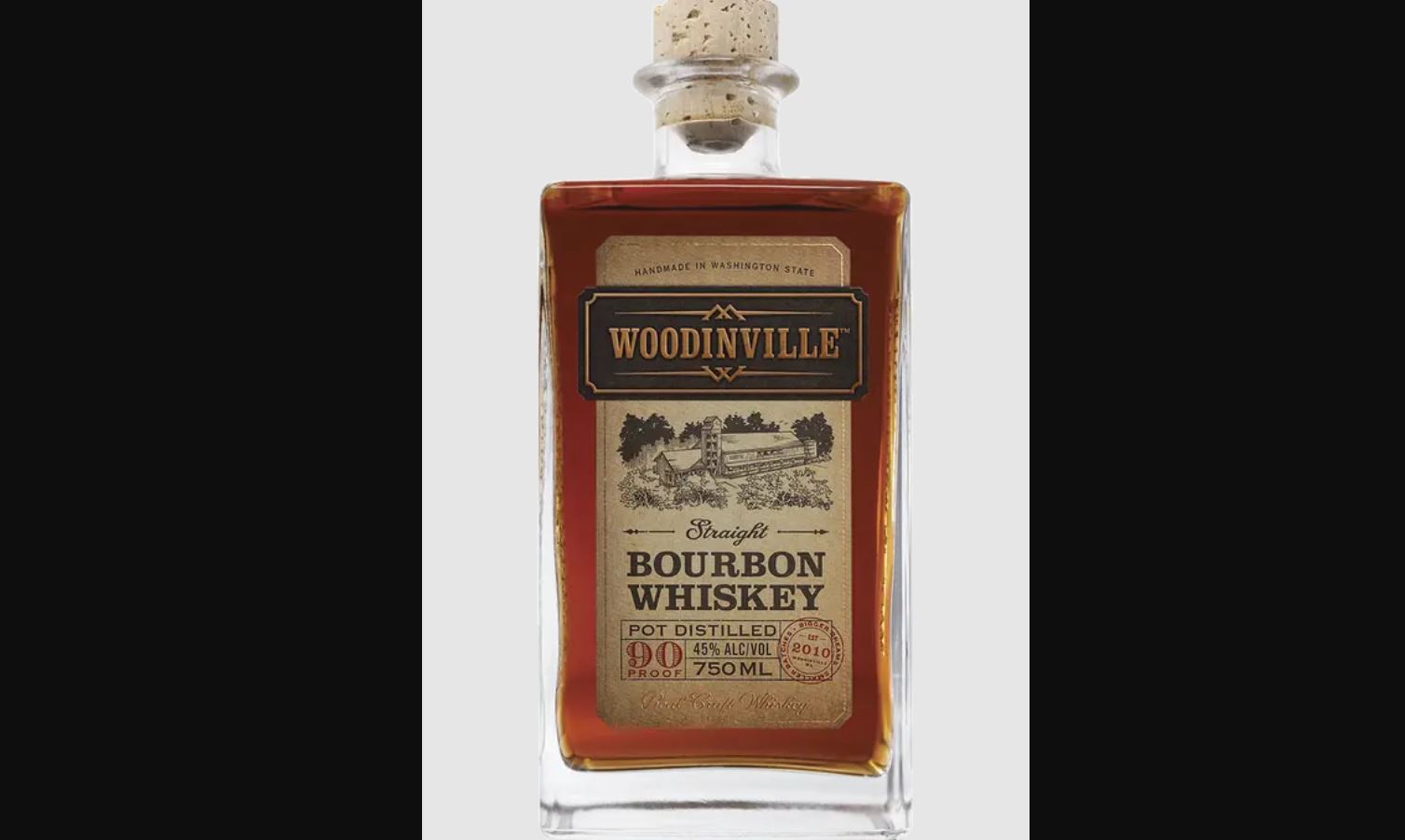
ABV: 45%
Average Price: $40
The Story:
Washington State is well-known for its craft beer, but it’s beginning to gain traction in the spirits world because of notable brands like Woodinville. Its flagship expression is its straight bourbon. This small-batch, pot-distilled bourbon has a mash bill of 72 percent corn, 22 percent rye, and six percent malted barley (all grown locally) and is aged for five years in new, charred American oak barrels.
Bottom Line:
This was the first time I ever tried Woodinville so I didn’t really know what to expect. Obviously, our own Zach Johnston is a big fan. I’m glad I tried it without seeing a label as this is now going to be one of my new go-to whiskeys.
As a Drizly affiliate, Uproxx may receive a commission pursuant to certain items on this list.







